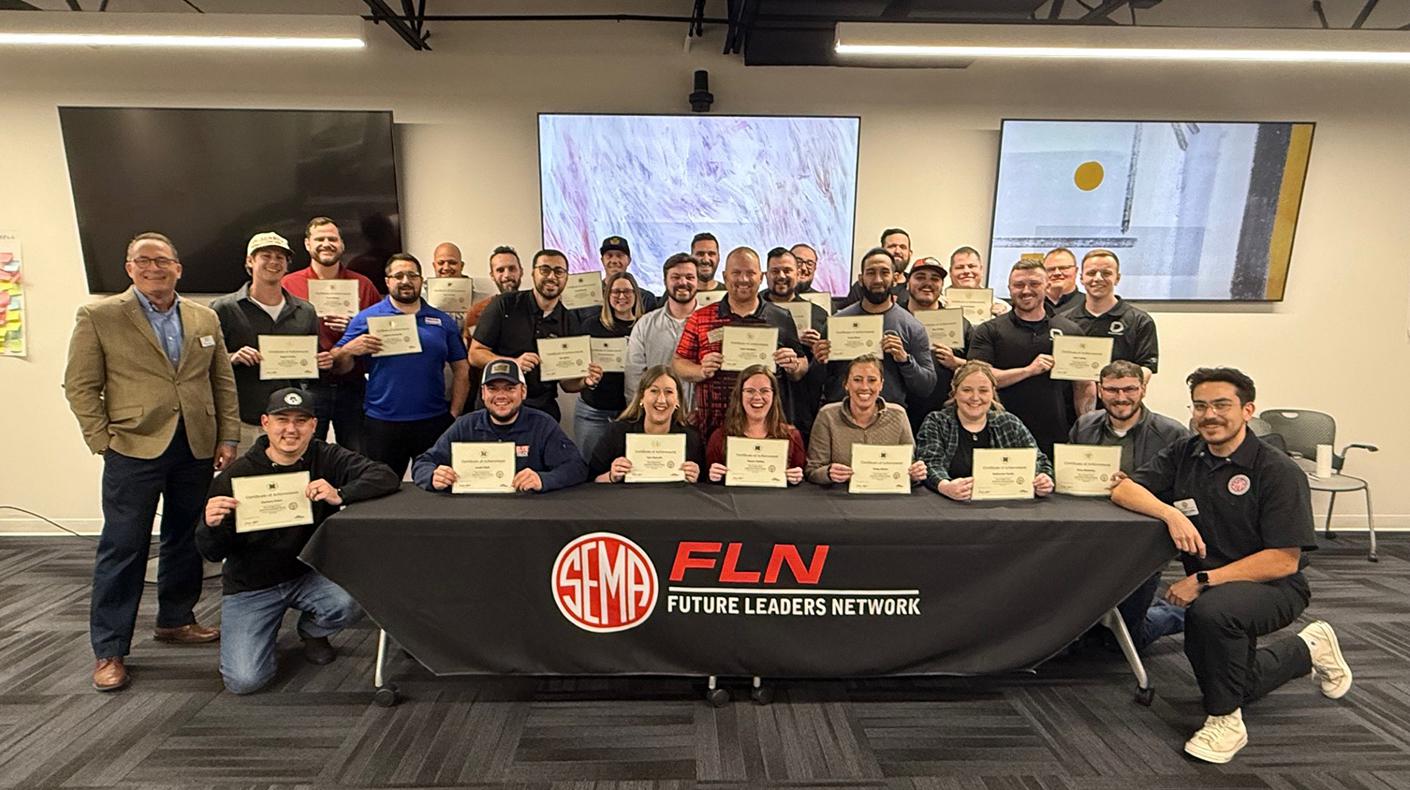Personal income rose for the third consecutive month, climbing 0.3% between September and October to $45.1 billion, according to the Bureau of Economic Analysis. The growth follows spikes of 0.1% in September and 0.3% in August. Real disposable personal income (DPI) also rose for the second month, to a total of $45.1 billion.

At the same time, real personal consumption expenditures (PCE) fell 0.5 percent. Consumers are still making money, more than they ever have in some case. But they aren't spending it. Savings in October represented 2.4% of personal income.
The Labor Department also announced that new jobless claims fell more than expected last week from a 16-year high. Initial requests for unemployment benefits fell to a seasonally adjusted 529,000 from the previous week's upwardly revised figure of 543,000. That's lower than analysts' expectations of 537,000.
The number of people continuing to claim unemployment insurance also dropped to 3.96 million, down from the previous week's 4.02 million.
Glenn Brooks, editor of Automotive World.com, recently compared today's economic climate to that of 1991 and 1992, explaining the cyclical nature of world economies. His conclusion: “the picture could be very different by this time next year and it's those companies that are continuing to invest in R&D that will reap the rewards.”
He used the example of Mazda to prove his point. In the early ‘90s, Brooks writes that Mazda came “roaring back” from near extinction because of good management and investment in new-vehicle programs. Mazda learned that new products, and the accompanying investment in research and development, drive the automotive industry. This
Brooks also cited Volkswagen, a company investing more than $10 billion annually in the development of new models and technology. The automaker made its point when it recently announced that it was not scaling back annual production targets and is going forward with plans for a new plant in the United States.
The 2008 SEMA Show provided an indication of how much performance parts and accessory manufacturers are investing in R&D. There were more than 1,500 new products on display. If Mr. Brooks’ conclusions are correct, the automotive and specialty-equipment industries should see a dramatic resurgence when consumers again begin to spend.
For more original SEMA market research, please visit www.sema.org/research.





